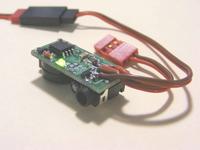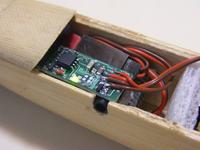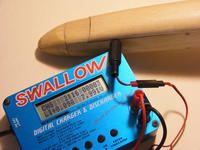Well, the ole "scratch that itch" sensation has hit again and I've decided to churn out another new product.
I'm now creating an electronic switchjack to replace the existing 3.5mm mechanical contact systems. The ESJ-8CH's rely on the contacts being
open to keep the power flowing. Because the switching is electronic there's no contacts to get dirty and no spring-metal to get weak, eventually causing intermittent faults or voltage sagging.
To disable it or charge, just plug the 3.5mm stereo plug into the socket. To use/arm, simply remove the plug. For even
more safety a second switch can be added requiring you to remove the plug
and enable the switch before the systems are powered up.
The electronic component by default can handle 8A without a problem and bursts of 20A with ease, in fact the wiring will sooner fail than the actual switch (this can be increased again to 20A and 100A respectively with appropriately selected MOSFETs).
The ESJ-8CH also allows charging of your pack via the plug, simply connect up the charger to the polarized 2-pin servo lead (or cut off and install your own).
So far I've only produced the first prototype and it's already working great, though the final version will end up being 23 x 12mm in size, most of which is used to provide a pair of 2mm holes 20mm apart for mounting.
There's also a high intensity LED on the underside of the board that'll be quite visible through most semi translucent fuselages (not that it's
...Continue Reading
 Views: 384
Views: 384  Views: 302
Views: 302  Views: 324
Views: 324 


















